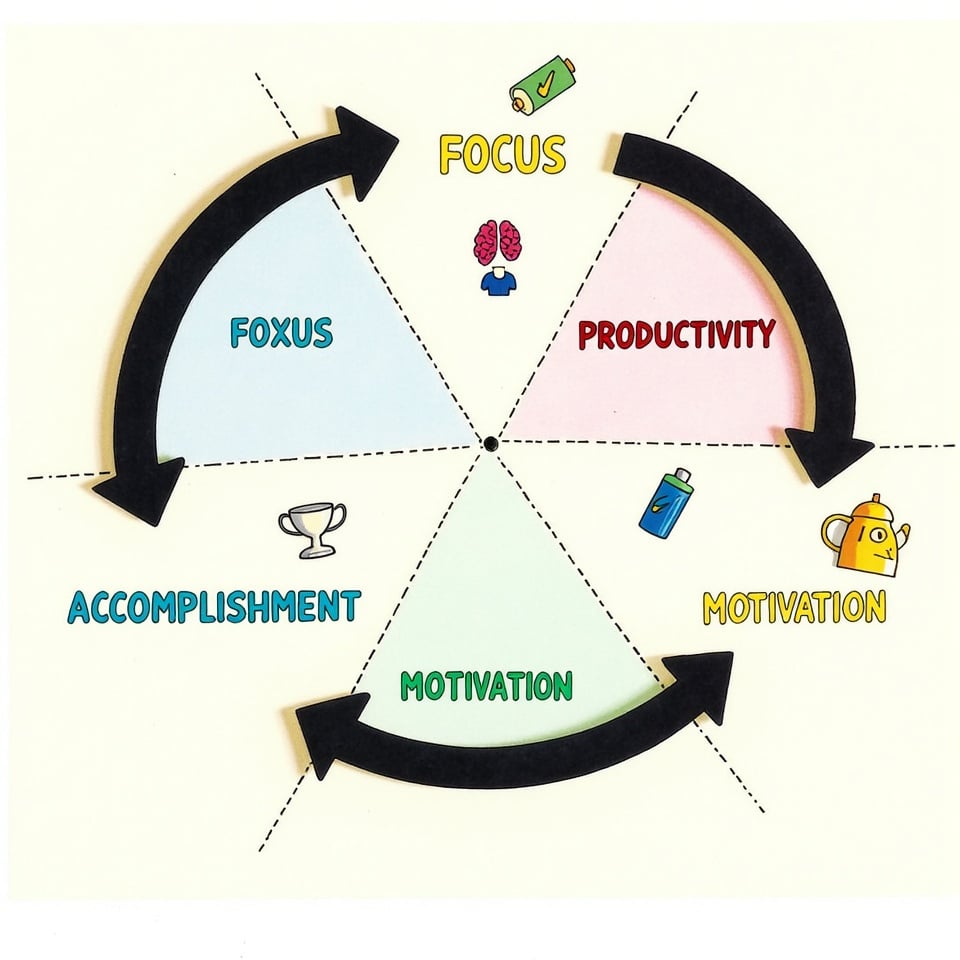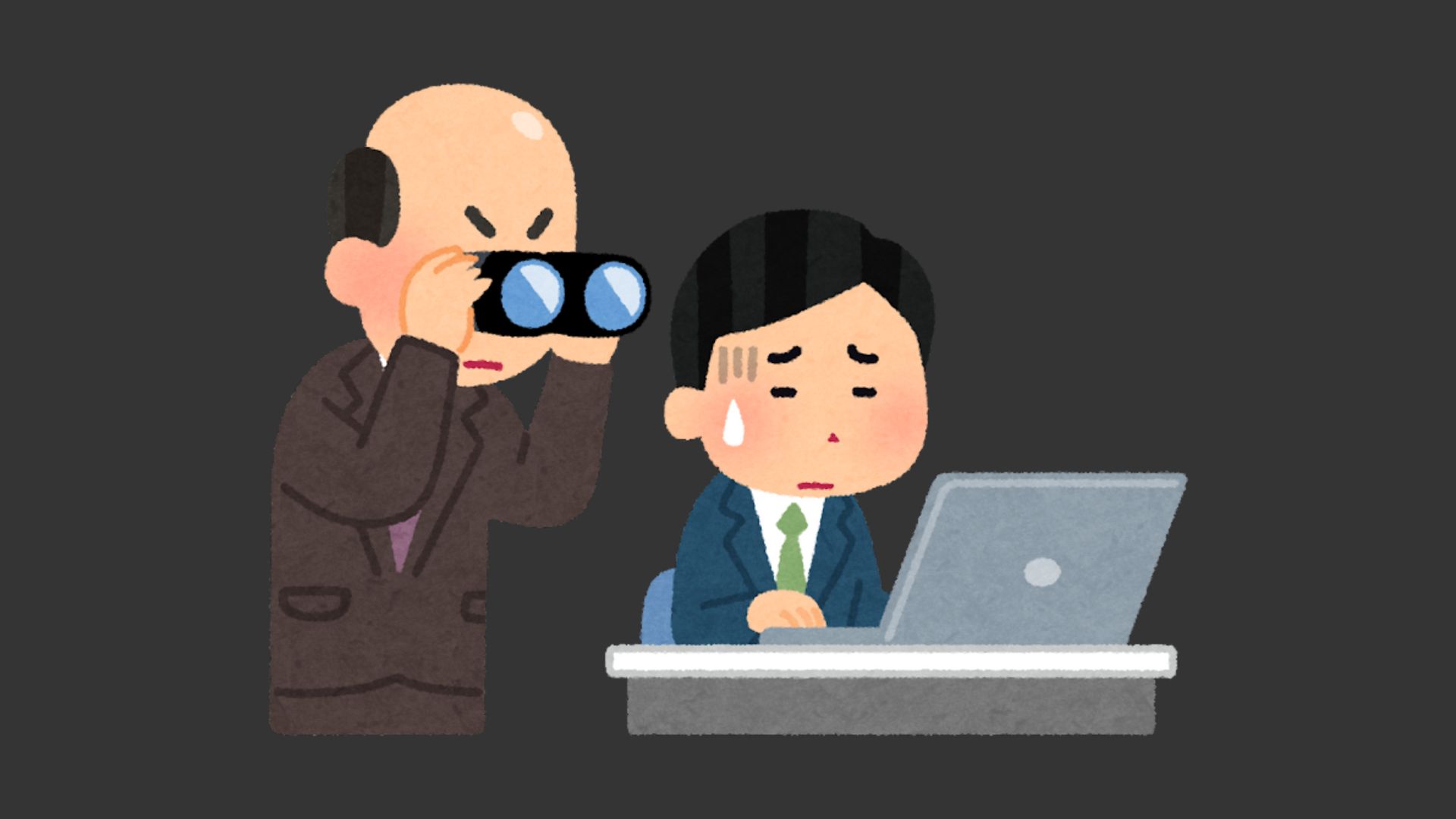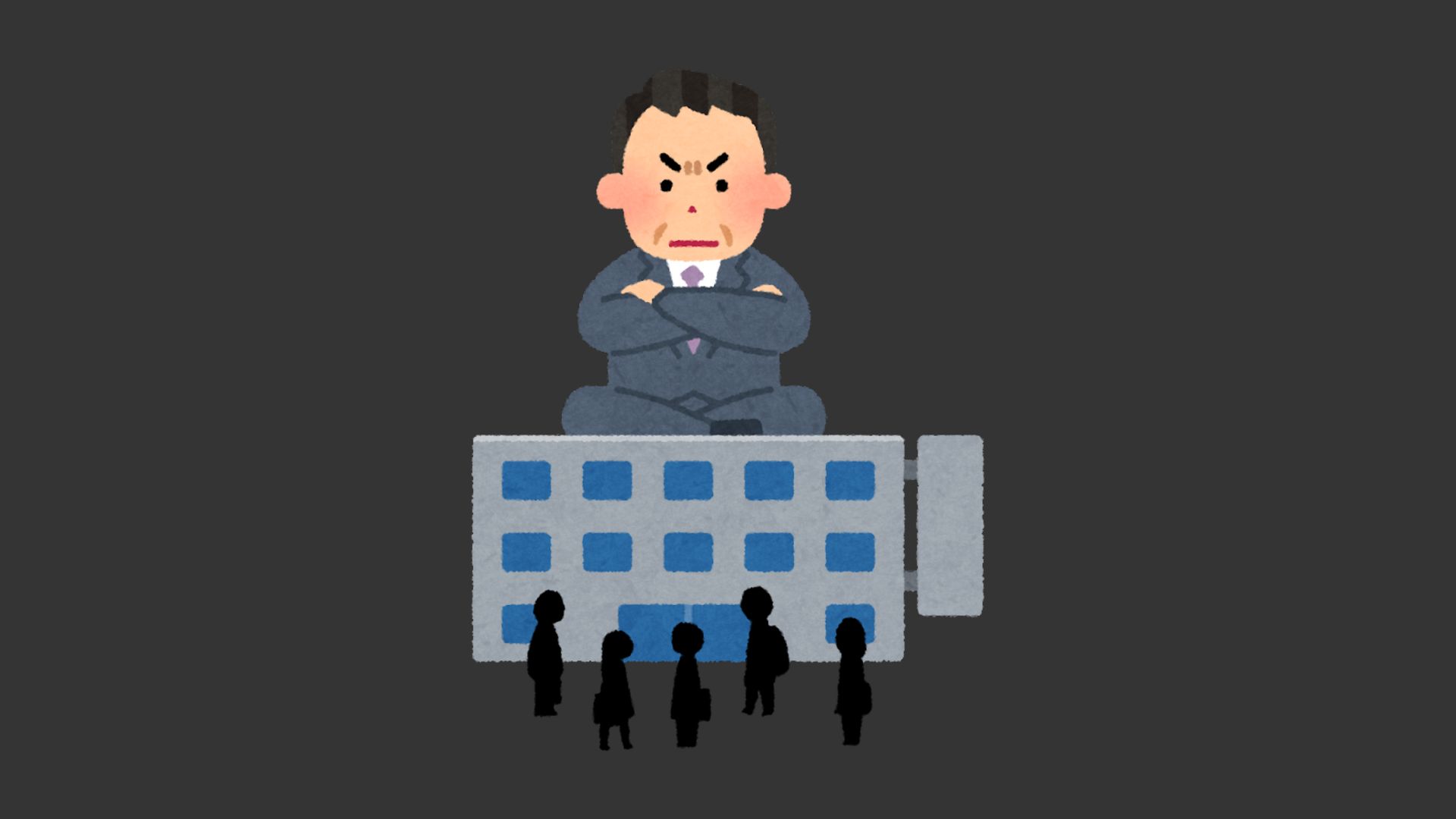Are you mixing up “group vs team“? Don’t worry—lots of people do!
Think of it this way: a group is just people working near each other, while a team is people working together with the same goal.
In this article, we’ll show you the big differences between a group vs team. You’ll learn simple ways to turn your group into a real team that gets better results.
Want to make your workplace more successful? Let’s start now!
What is a Group
Organizations often need both groups and teams, but let’s start by understanding what makes a group unique. When you’re part of a group, you’ll notice that each person typically works independently while sharing some common interests or goals.
Think of a group as individual musicians practicing in the same room – they’re all making music, but they’re not necessarily creating harmony together. Group members focus on their own tasks and are mainly responsible for their personal achievements.
You’ll find that most groups have a single leader who directs activities and assigns responsibilities. Unlike teams, where everyone’s success depends on working together, groups operate more loosely.
You might share information with other members, but you’re not counting on their work to complete your tasks.
What is a Team
Teams operate like a well-choreographed dance, where every member’s steps must align perfectly with the others.
When you’re part of a team, you’ll experience unique team dynamics that set it apart from a regular group. Everyone works together toward a shared goal, supporting each other’s strengths and covering weaknesses.
Here’s what makes a team truly special:
- Members depend on each other to achieve collective success, unlike individual achievements in groups
- You’ll have a specific role that fits your skills and contributes to the bigger picture
- Communication flows freely, with everyone sharing ideas and feedback openly
- There’s a strong sense of mutual accountability – your success is the team’s success
In a team, you’re never alone.
You’ll find yourself growing alongside others who share your commitment to excellence.
Key Differences Between Groups and Teams
While you might think groups and teams are the same thing, they function quite differently in practice.
In a group, you’ll find individuals working independently under one leader, focusing mainly on their own success. Think of it like a classroom where each student gets their own grade.
Teams, however, operate more like a sports team where everyone’s success depends on working together. You’ll notice that teams share accountability for their results – when one person succeeds, everyone succeeds.
When something goes wrong, the whole team works to fix it.
You’ll also see that teams typically have clearer goals and deadlines than groups do.
While groups might’ve flexible targets, teams need to hit specific milestones together to achieve their shared objectives.
Benefits of Working in Groups
Working together in groups brings numerous advantages that benefit everyone involved. When you’re part of a collaborative process, you’ll discover that sharing ideas and experiences can lead to better solutions and personal growth.
Here are the key benefits you’ll experience when working in groups:
- You’ll tap into diverse perspectives and creative solutions you mightn’t have thought of on your own.
- Your communication skills will improve as you learn to express ideas clearly and listen actively.
- You’ll have access to shared knowledge and resources, making problem-solving easier and faster.
- You’ll build meaningful connections with others, boosting your motivation and sense of belonging.
Groups offer a fantastic way to accomplish tasks while developing valuable skills. You’ll find that the collective energy and support make work more enjoyable and productive.
Advantages of Team-Based Approaches
Successful organizations increasingly rely on team-based approaches to tackle complex challenges and drive innovation forward.
When you’re part of a team focused on common goals, you’ll experience enhanced problem-solving capabilities and better decision-making processes.
Team effectiveness soars through the power of diverse perspectives and shared accountability. You’ll find that working collaboratively builds trust and opens communication channels, making it easier to overcome obstacles together.
Plus, you’ll develop stronger interpersonal relationships that boost both productivity and job satisfaction.
Think of a team like a well-oiled machine – each part working in harmony to achieve something greater than its individual components.
By contributing your unique skills while supporting others, you’ll create an environment where innovation thrives and success becomes a shared celebration.
When to Choose a Group Structure
Although teams excel at collaborative projects, certain situations call for a more independent group structure.
You’ll find that groups work best when individual expertise takes center stage, and you don’t need constant collaboration to achieve your goals.
Here’s when you should choose a group over a team approach:
- When you’re running brainstorming sessions that need diverse, independent thinking without the pressure of immediate consensus
- If you’re dealing with straightforward tasks where members can work autonomously and report to a single leader
- When quick decisions are essential, and you can’t afford the time needed for team consensus-building
- If your primary goal is networking or information sharing rather than completing interdependent tasks
When to Implement Teams
While groups serve their purpose for independent work, teams shine in situations that demand true collaboration.
You’ll want to implement teams when your project requires diverse skills and perspectives working together toward complex goals.
Consider forming a team when you’re facing tasks with high uncertainty. Teams excel at representing different viewpoints and finding creative solutions through collaborative effort.
They’re particularly effective when your project has clear objectives and deadlines that need coordinated effort to achieve.
But be strategic about when you choose teams. If you need quick decisions, working individually might be better since team consensus takes time.
The key is to look for projects where success depends on ongoing collaboration and shared responsibility – that’s when teams truly deliver their best value.
Transforming Groups into Teams
Once you’ve identified the need to shift from group work to teamwork, making that change requires intention and dedication.
Your success depends on creating an environment where shared goals and collaboration thrive. To make this shift smoother, consider these proven strategies:
- Start with team-building activities that encourage natural connections and trust among members
- Create a shared vision statement together, ensuring everyone’s voice contributes to the team’s direction
- Establish regular check-ins where members can openly discuss challenges and celebrate wins
- Define specific roles while emphasizing how each position supports the larger team mission
Common Challenges and Solutions
Despite your best efforts to build a strong team, you’ll likely encounter some common roadblocks along the way. You might notice communication breakdowns or team members struggling with unclear roles and responsibilities.
These challenges can slow down your progress and create tension within the group. When you’re facing these obstacles, don’t panic – there are proven solutions at your disposal.
Start by establishing effective communication channels and clearly defining each person’s role. If you’re dealing with conflicting personalities, address issues promptly through open dialogue and conflict resolution techniques.
Remember to regularly organize team-building activities that strengthen relationships and trust. Create opportunities for everyone to contribute their ideas and work together toward shared goals.
With patience and the right strategies, you’ll transform these challenges into opportunities for growth.
Best Practices for Leaders
Strong leadership can transform a disconnected group into a high-performing team.
When you’re leading in a group setting, it’s essential to establish clear expectations and foster an environment where team members feel valued and understood.
Your role is to guide the shift from individual focus to collective achievement.
- Set specific, measurable goals and clearly define each person’s role in achieving them
- Schedule regular check-ins to address concerns and celebrate progress
- Create opportunities for informal interaction and team building
- Implement a feedback system that promotes open, honest communication
Wrapping it up
You’ve learned the essential differences between groups and teams, much like understanding the contrast between a talented soloist and a symphony orchestra.
As you move forward in your professional journey, you’ll recognize when each approach serves your goals best.
Remember, just as Rome wasn’t built in a day, transforming groups into high-performing teams takes time and dedication.
Start small, stay patient, and watch your collaborative efforts flourish.







